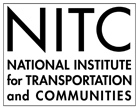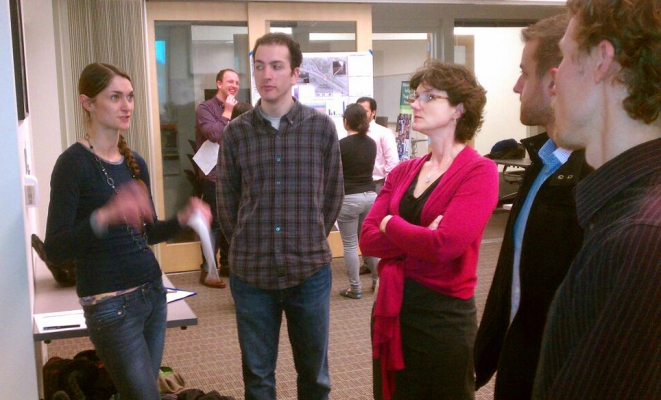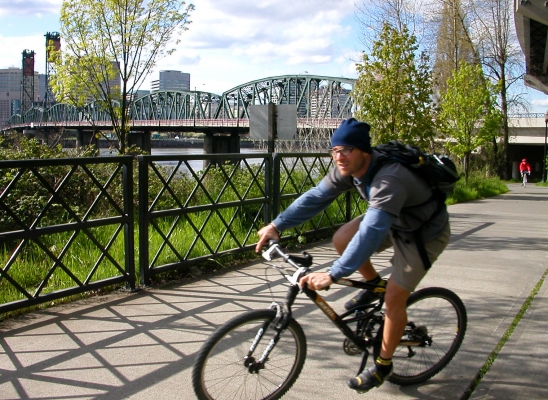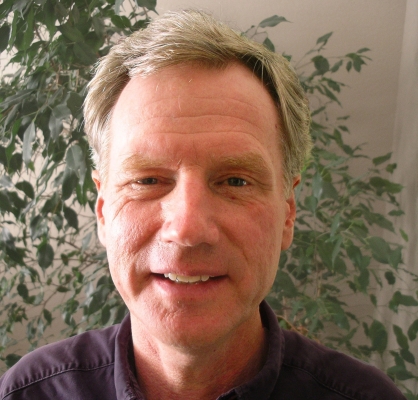The NITC program's executive committee has selected a new roster of projects for funding under the National Institute for Transportation and Communities, or NITC, program. The committee chose 10 projects, totaling $900,000, under the NITC theme of safe, healthy and sustainable transportation to foster livable communities.
The projects are national in scope and reflect priority areas including transit supply and outcomes, and pedestrian and bicyclist behavior.
Projects selected include:
- A bicycle and pedestrian miles traveled project for Washington state.
- A study that measures the effectiveness on social media on advancing public transit.
- A look into crowdsourcing the collection of data on transportation behavior.
- A national study of Bus Rapid Transit outcomes.
A complete list of projects and principal investigators is below:
- National Study of BRT Development Outcomes: Arthur Nelson and Joanna Ganning, University of Utah
- Crowdsourcing the Collection of Transportation...






